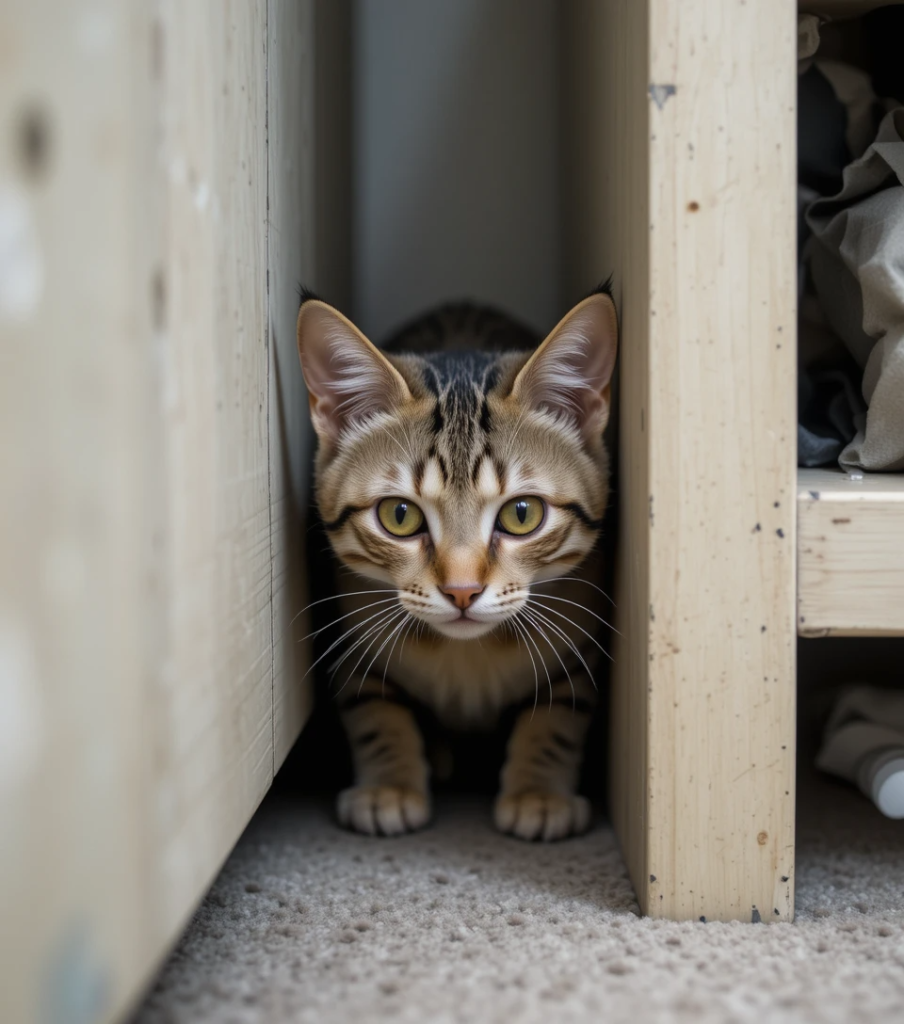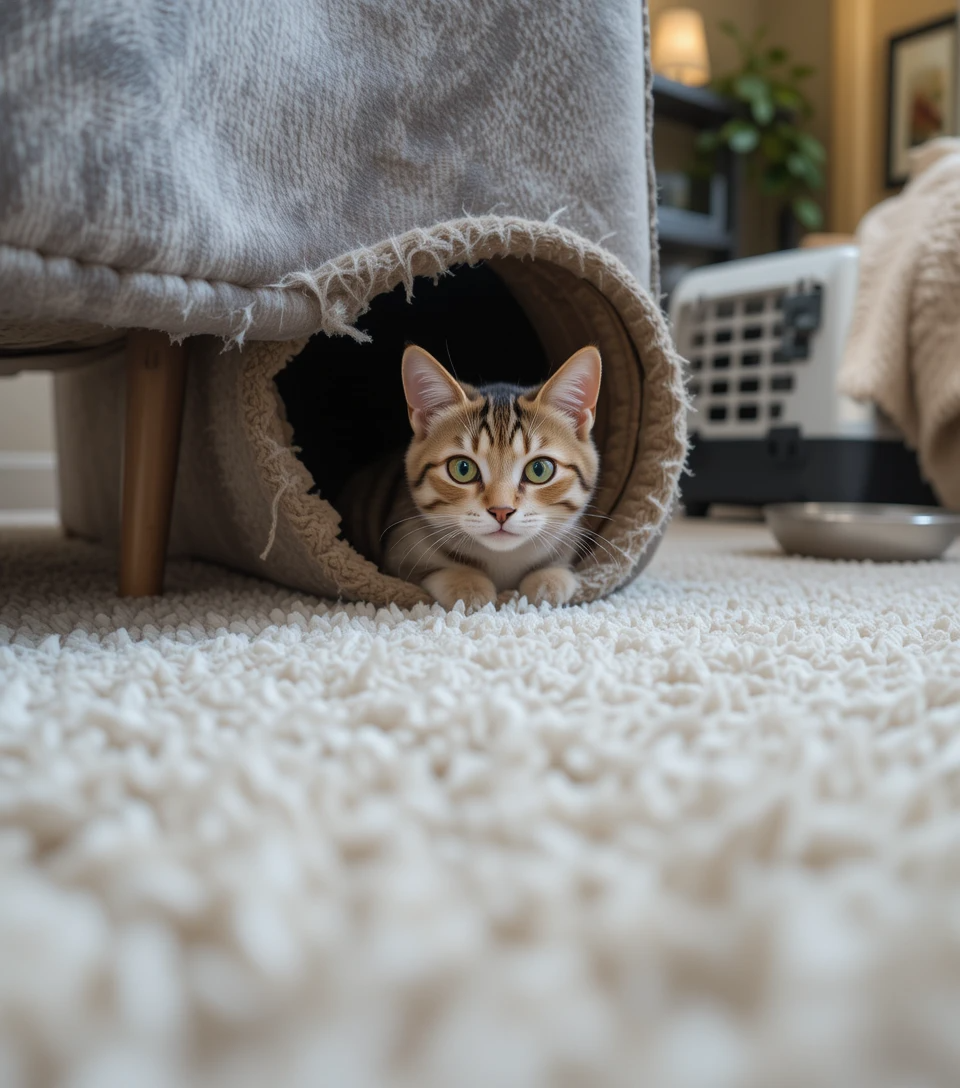Welcoming a new cat into your life is a heartwarming experience—but it often comes with a bit of mystery. How long does it take for a cat to adjust to a new owner or home? Whether you’ve adopted from a shelter or taken in a rescue, cats don’t immediately express comfort or trust.
Let’s uncover the secrets to helping your feline friend feel safe, loved, and truly at home.
🐾 Why Adjustment Takes Time: The Cat’s Perspective

Cats are naturally territorial and sensitive to change. When moved into a new home, they lose all the familiar scents, sounds, and spaces that once made them feel secure.
Stress triggers may include:
- Strange smells and noises
- Unfamiliar people or other pets
- New routines and lack of hiding spots
For a cat, even minor changes can feel overwhelming. Understanding this helps you stay patient and proactive.
🕒 Typical Adjustment Timeline
While each cat is unique, here’s a general guide to what many feline experts refer to as the “3-3-3 rule”:
- 3 Days: Hiding, nervousness, and lack of appetite are common.
- 3 Weeks: Exploration begins, and the cat starts to understand routines.
- 3 Months: Full trust may begin to develop, and personality shines through.
Factors that affect this timeline include:
- The cat’s age and history
- Personality (shy vs confident)
- Type of environment (quiet vs chaotic)
🐱 Signs Your Cat Is Adjusting Well
It’s heartwarming to notice small but meaningful changes as your cat settles in. Watch for these positive signs:
- Eating and using the litter box regularly
- Grooming themselves (a sign of relaxation)
- Playing or approaching you voluntarily
- Sleeping in more open, visible areas
- Purring or kneading near you
These behaviors show your cat is beginning to trust you and their new space.
⚠️ Red Flags: When Adjustment Isn’t Going Smoothly

If your cat continues to display the following behaviors for more than a few weeks, it could be a sign of anxiety, fear, or illness:
- Constant hiding with no desire to explore
- Aggressive swatting, hissing, or growling
- Refusing to eat or drink
- Ignoring the litter box completely
- Excessive vocalizing or pacing
If these issues persist, don’t wait—consult a veterinarian or feline behaviorist.
💡 Tips to Help Your Cat Settle Faster
Here are some heartwarming, practical tips to help your cat adjust quickly and comfortably:
- Create a Safe Space
Set up a quiet room with essentials—litter box, food, water, and bedding. - Stick to a Routine
Feed and interact at the same time each day to build security. - Use Familiar Scents
Place unwashed clothing near your cat or use feline pheromone diffusers like Feliway. - Keep it Quiet
Avoid loud music, vacuuming, or sudden movements during the first few days. - Let Them Come to You
Never force interactions. Sit nearby and let curiosity bring them closer.
🧶 Bonding with Your New Cat
Building trust is a gentle process. Here’s how to foster connection:
- Interactive play with feather toys or strings builds fun associations
- Slow blinking (cat’s version of a “smile”) helps signal comfort
- Treats and hand feeding can encourage closeness
- Respect their boundaries, especially during the first few weeks
Remember: Every loving interaction is a building block in your relationship.
🏡 How Your Home Environment Affects Adjustment
The setup of your space has a big impact. Consider:
- Vertical space: Cat trees and shelves allow observation from safe heights
- Hiding spots: Cardboard boxes or covered beds create safety
- Safe introductions: Gradual introductions to other pets reduce stress
- Consistent quiet zones: Calm corners help your cat recharge
Your home doesn’t need to be perfect—it just needs to feel predictable and safe.
🩺 When to Seek Professional Help
While most cats adjust with time and patience, some behaviors may signal deeper issues:
- Ongoing refusal to eat or use the litter box
- Unmanageable aggression
- Extreme lethargy or fear
Veterinarians can rule out medical conditions, and certified cat behaviorists can offer behavior modification strategies. Don’t be afraid to reach out—professional help can make all the difference.
❤️ Final Thoughts: Patience Leads to a Lifelong Bond
So, how long does it take for a cat to adjust to a new owner? The honest answer is: as long as they need. But with love, patience, and a few simple strategies, your new feline family member will begin to feel at home—often in ways more touching than you could imagine.
Every purr, slow blink, or playful leap is a reminder that trust is growing. And in the end, the bond you form will be well worth the wait.
❓Frequently Asked Questions
- How long does it take for a cat to adjust to a new home?
Most cats adjust within 3 days to 3 months, depending on personality and environment. - Why is my new cat hiding all the time?
Hiding is a normal response to stress. Give your cat time and a quiet space to decompress. - Should I force my cat to come out and interact?
No. Let your cat set the pace. Forcing interaction can cause setbacks in trust. - Do cats get attached to new owners?
Absolutely. Cats can form strong emotional bonds when they feel safe and loved. - How can I make my cat feel more comfortable?
Use routine, quiet environments, and gentle interactions to build comfort and trust. - Is it normal for a cat to not eat after adoption?
Yes, many cats lose appetite temporarily due to stress. Monitor closely and consult a vet if it lasts more than 48 hours. - Can older cats adjust as easily as kittens?
Older cats may take a bit longer, but they can adapt beautifully with time and patience. - What’s the best room to start a cat in?
A quiet, low-traffic area like a bedroom or study helps them feel secure initially. - Do pheromone diffusers really work?
Many owners report success with calming products like Feliway, especially during the transition. - When should I take my new cat to the vet?
Ideally, within the first week for a wellness check—especially if you adopted from a shelter or rescue.

